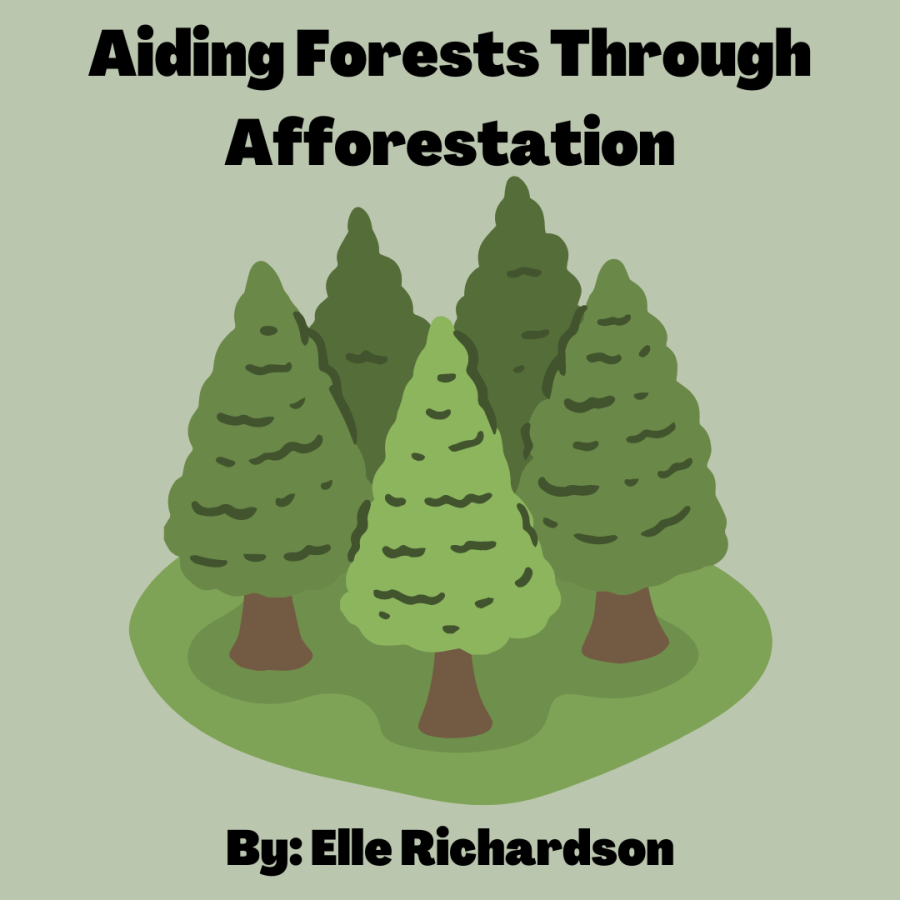Aiding Forests Through Afforestation
Afforestation is the silver lining to a very dark cloud. Human greed and industrialization has caused lots of forest to be chopped down for both the resources the raw materials bring and the land that is often used for agriculture. This means it is harder for the Earth to recycle the carbon dioxide emissions that not only occur naturally but have grown exponentially due to industrialized processes. Afforestation is the process of replanting natural wildlife where it once was in an effort to reverse these harmful effects. For example, in the Taiga and Tropical Rainforest biomes, there is lots of deforestation that many government and volunteer organizations are trying to combat with afforestation.
Human activity is the only cause of deforestation in these biomes. For example, deforestation of the Taiga causes habitat loss of the native animals there. It also harms the soil integrity as runoff increases. A practice called ‘clear cutting’, or cutting down all the trees in a large area, is common here. Similarly, the Tropical Rainforest has its fair share of struggles regarding deforestation. In 2019, 30 soccer-field size patches of trees were cut down every second, mainly due to illegal logging for the raw materials and land. For example, 17% of the Amazon has been cut down in order to make room for cattle farmers. Brutal statistics like this help show the awful reality of deforestation and why afforestation is so important.

The only right thing to follow deforestation is afforestation. In the Taiga, Many volunteer groups and government programs are promoting afforestation, or the replanting of trees that had been cut down. This is helping restore the biome to its natural state. In the Tropical Rainforest, Stricter government policies to prevent illegal logging and some volunteer groups working to either raise money or plant trees are helping forest the tropical rainforests once again. This is also helping the animals there, whose habitat is no longer as endangered.
Yet logging is important to the economies of these countries, so how can a happy medium be found? In Russia, which lies in the Taiga biome, logging is a pillar to their economy and industry. If logging was stopped, it would disrupt the livelihoods of the people. It is a safe alternative to limit the logging and make logging companies replant the same number of trees they cut down. The Tropical Rainforest is a different story, though. Illegal logging is run by very dangerous people. Harder government policies and harder punishments might be better to help this biome as the logging there isn’t even legal in the first place.

All in all, deforestation is a brutal practice that is unfortunately very important to the countries where it is taking place. It ruins biomes and hurts the environment, yet a newer practice called afforestation is taking place. Afforestation is the process of replanting natural wildlife where it once was in an effort to reverse these harmful effects. In the Taiga and Tropical Rainforest biomes, the effects of deforestation are starting to be noticeably reversed by the helpful process known as afforestation.
Your donation will help support not only the student Journalism and Yearbook clubs at Marco Island Academy, but as well as any new equipment, club improvements, and annual website hosting costs.

Elle Richardson is a senior at Marco Island Academy and the Executive Editor for The Wave. She enjoys learning about space, sailing, and 70s music. Math...



